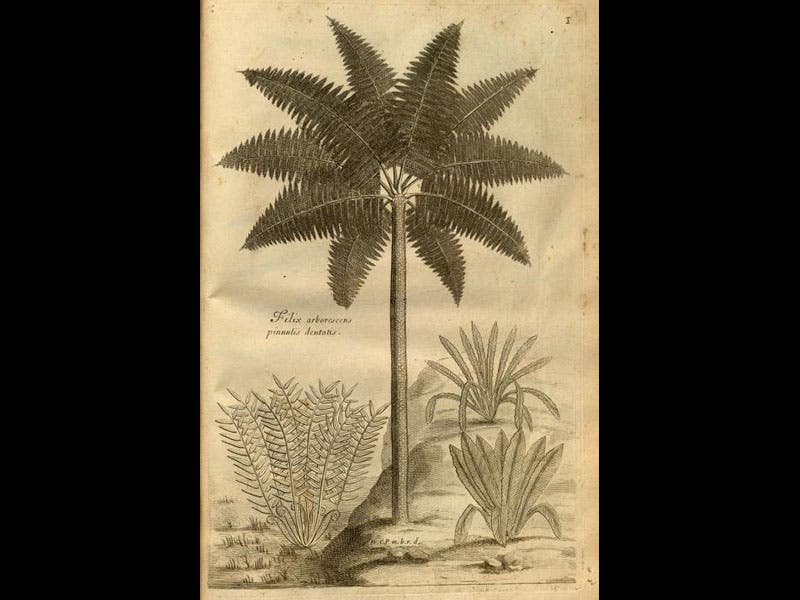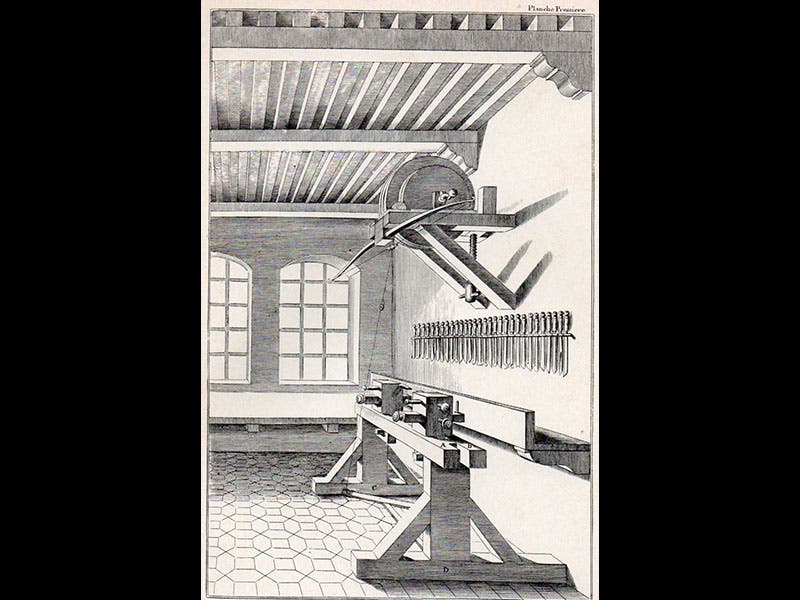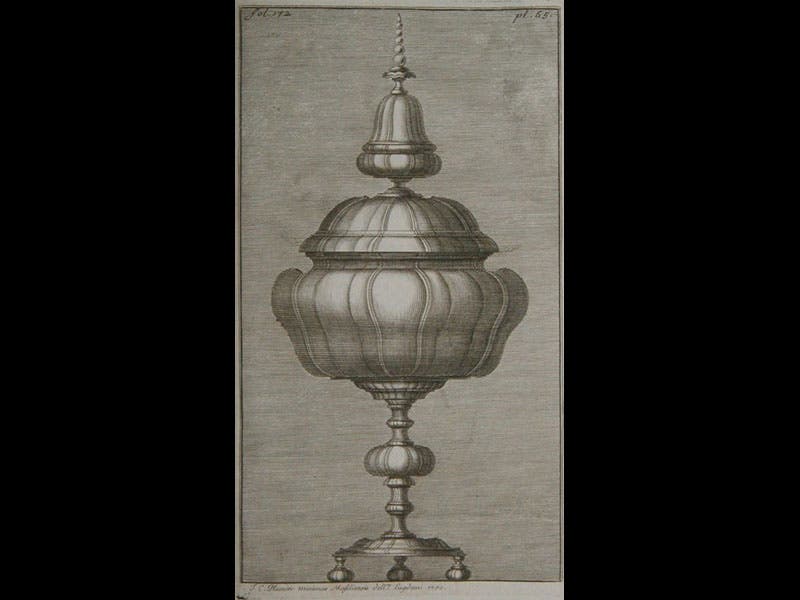Scientist of the Day - Charles Plumier
Charles Plumier, a French botanist, was born Apr. 20, 1646. Plumier made three plant-collecting trips to Central America and the French Antilles in the 1690s, and was about to make a fourth when he died near Cadiz in 1704. He is best known to modern gardeners for his discovery of the Fuchsia, which he collected in 1696 and named after the Renaissance botanist Leonard Fuchs. Plumier was later honored by Carl Linnaeus, who put the frangipani in the genus Plumeria, which he named in honor of Charles (fifth image). If you were to look up Plumier in our online catalog, you would find that we own the first of his botanical publications, Description des plantes de l'Amérique avec leurs figures (1693), which has 108 line-engraved plates, most of which were drawn by Plumier himself. We have not digitized any of the plates in our volume, so we reproduce the first plate from the copy in the Missouri Botanical Garden Library (first image). Apparently Plumier liked ferns--over half of the plates in this book depict ferns—and so we show one of those as well (second image).
If you actually were looking at our online catalog for books by Plumier, you would no doubt notice that we have another Plumier title in the collection: L'art de tourner (1701), or The Art of Turning, discussing ornamental turning on the lathe. You would be forgiven for thinking there must be two Charles Plumiers, an exploring botanist and a stay-at-home artisan, but you would be wrong. Both books were written by the same man. Although ornamental turning had been practiced since the late Renaissance, Plumier's L’art de tourner was the first book published on the practice of ornamental turning, and it is famous among historians of machining as a landmark book. Our copy has 72 plates of lathes, cutting tools, and objects of art. One plate (third image) shows a turner's workshop, and another an ivory object turned in such a workshop (fourth image).
Plumier practiced to pursue his botanical pursuits and master lathe-craft while being a member of the Order of Minims, one of the most restrictive orders of the Catholic Church, whose members abstained from meat, went barefoot, and wore a black woolen homespun habit and hood. The Minims were never very numerous--they had only a few convents in Paris, Provence, and Rome--and yet this tiny reclusive order managed to produce an astonishing number of great scientists in the 17th century, including Marin Mersenne, Jean-Francois Niceron, and Emmanuel Maignan, in addition to Plumier.
Dr. William B. Ashworth, Jr., Consultant for the History of Science, Linda Hall Library and Associate Professor, Department of History, University of Missouri-Kansas City. Comments or corrections are welcome; please direct to ashworthw@umkc.edu.











